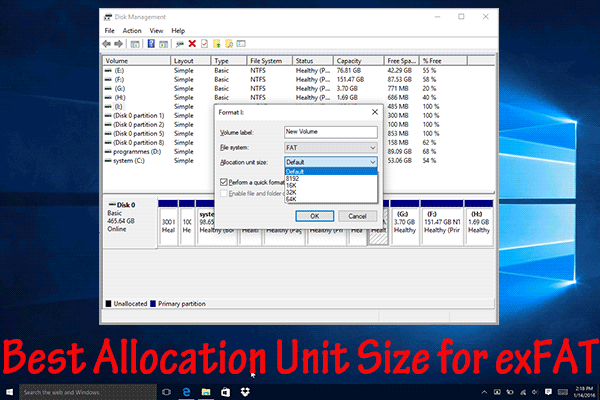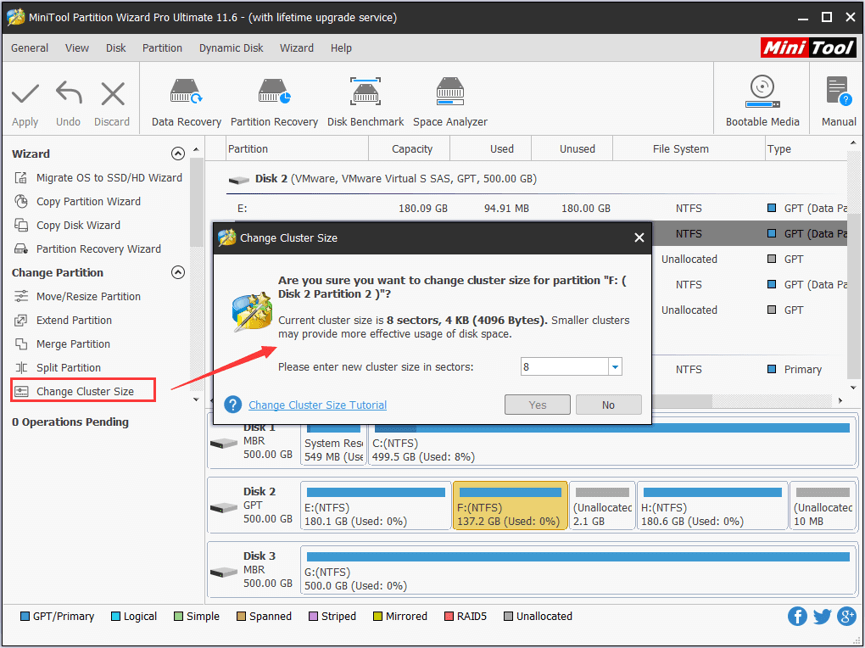

Using AUs let users shift between the two machines easily. Departmentįor fiscal year 2019, NREL users had both Eagle and Peregrine to choose from, and This is a best-practice that NREL borrowed from other HPC facilities in the U.S. The definition of an allocation consistent as we move from HPC system to HPC system. Giving out allocations in AUs, instead of node hours or core hours, lets NREL keep The basic formula for estimating AUs is: Per-Job walltime in hours * Number of Nodes * Charge Factor * Number of Runs anticipated Reasoning Behind Allocation Units You can request a pilot allocation at any time.
ALLOCATIPON IUNIT CODE
Request is encouraged, both to make sure the code is ready to go, and to run test When possible, running jobs on NREL HPC systems prior to making an annual allocation
ALLOCATIPON IUNIT FREE
On one node, both to minimize their own use of AUs, and to keep Eagle nodes free forĮstimating Allocation Units for Allocation Requests

Users whose codes are not parallelized are encouraged to run arrays of jobs Users are charged for an entire node, even if they only use one core on the node atĪ time. For Eagle, the chargeįactor is 3, consistent with one AU being one-third of a node hour. The conversion from node hours to AUs is the charge factor. Will be charged at twice the normal rate. High-priority jobs have a QoS factor of 2. Setting the job to high-priority will give the job a boost, so it runs sooner than A user canĬhange the job to run at high priority by adding “-qos=high” when the job is submitted. QoS factor for all jobs is 1, meaning the job is run at normal priority. The quality of service (QoS) factor reflects the priority given to a job. Walltime in hours * Number of Nodes * QoS Factor * Charge Factor Quality of Service Factor Request time in node hours instead of core hours.ĪU charges are calculated for each job run upon job completion. For comparison with other HPC systems, each node has a theoretical One AU is one-third of a node-hour on Eagle if a job is setĪt regular priority. NREL uses an allocation unit (AU) to allocate and charge time used on its high-performanceīasically, NREL allocates time on compute nodes and space on its file systems and


 0 kommentar(er)
0 kommentar(er)
